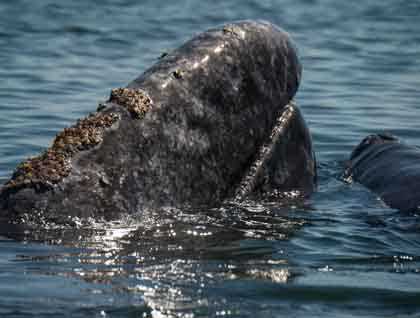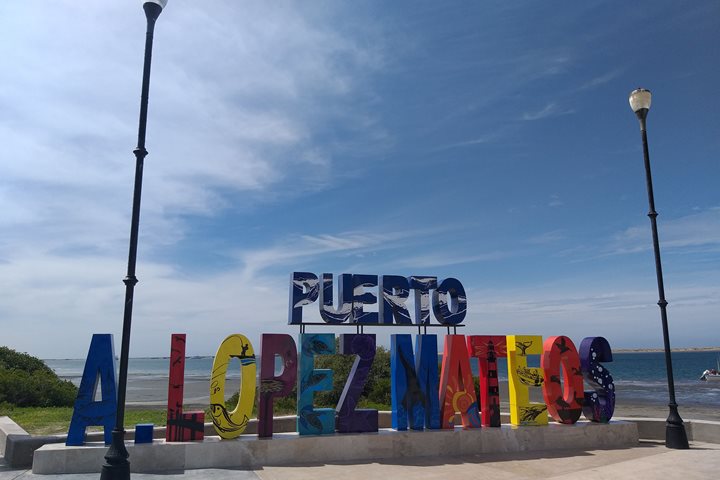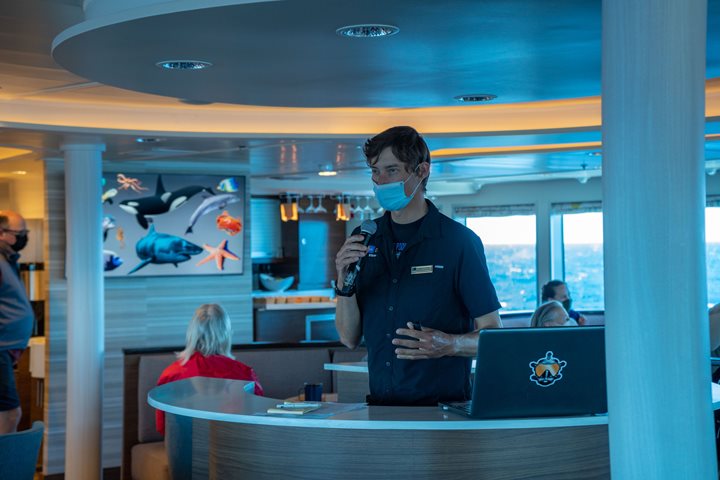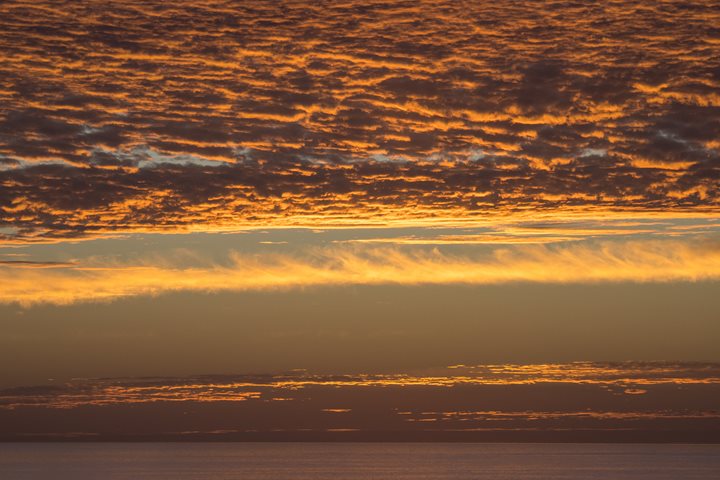We woke up this morning on glassy still water, anchored at Los Titeres, in Magdalena Bay. The dew had collected on the sundeck and the humidity was a change from the dry eastern side of the peninsula along the Sea of Cortez. We were surrounded by a landscape of mangrove on one side and impressive sand dunes that separated us from the wild Pacific Ocean on the other side.
Magdalena Bay is the southernmost winter home for gray whales. The pregnant females swim five to 6,000 miles from their feeding ground up north to give birth to their babies in the protected bay. Here the water is very shallow, which may benefit the protective mothers as no one has ever witnessed the presence of any predators, such as killer whales and sharks.
As we ventured out on our expedition landing craft, we came across many pairs of mothers and calves swimming against the current, as the tide was coming in and out all day long.
The babies were between one and two weeks old, too young to venture close to our little boats. We watched them swimming alongside the mothers, rolling off their sides, and coming to the surface quite often to breathe.
They will spend about eight weeks in the sheltered bay growing and getting stronger every day for their long journey up north.
In the afternoon we got another chance to be in the presence of these beautiful creatures and some of us went to shore to explore the sand dunes and feel the softness of the fine sand on our bare feet. We walked across the dunes to the wild Pacific Ocean and saw a black-tailed jackrabbit sprinting full speed upon the sand. We also watched a young sea lion surfing the waves and admired the sand patterns formed by the wind.
We celebrated the beautiful day with music performed by the local band “Los Coyotes” along with cocktail and hors d’oeuvre on the sundeck as the sunset illuminated the sky with shades of orange, pink, and purple.









